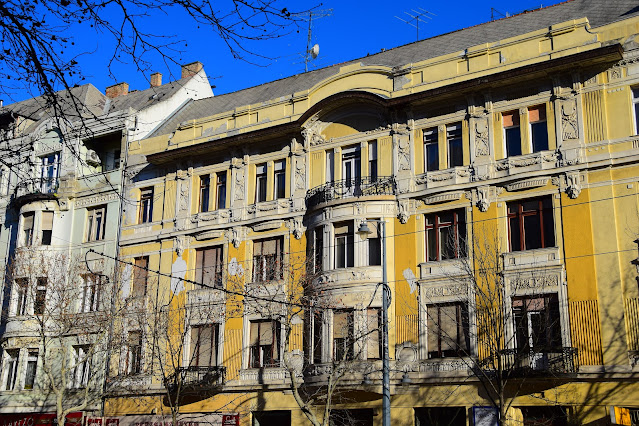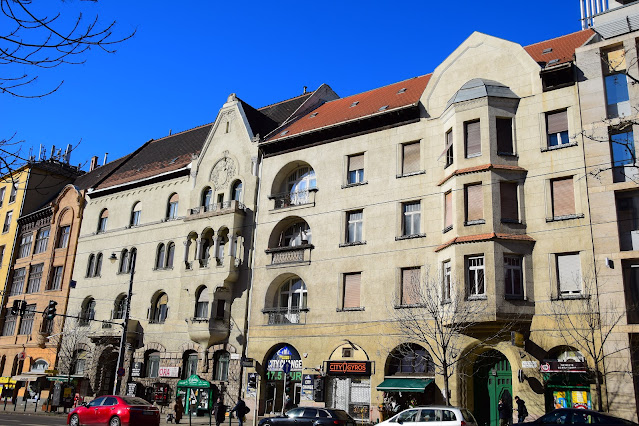In Hungary, Eger is basically known for two things. One, it is generally considered one of the most beautiful small cities in Hungary and two, it is one of the most famous wine districts in the country. Both made it appealing, and so we went on an overnight trip to see the town and drink the wine.
The older part of Eger is almost completely Baroque, which makes it unusual in Hungary. The city has a homogeneous feel to it that reminded me of other old towns, such as those we saw in the Baltics, as well as others in Eastern and Central Europe (e.g., Sibiu, Cracow, Dubrovnik, Bratislava). There are many churches and plazas, and the bright colors shone in the gorgeous sunshine we have had throughout our time in Hungary.
And in the midst of all this Baroque splendor, the remains of one small synagogue.
And a minaret. The northernmost left in Europe after the retreat of the Ottoman Empire.
However, I would be lying if I said that Baroque architecture was the main reason for going to Eger. We went first for the wine. Eger makes some of the very best wines in Hungary--wine that never leaves the country. The yield is just too small to export. Any Hungarian wine that makes it to the Us US is nothing like the real thing. In particular, Eger is known for Egri Bikaver, or Eger Bulls Blood. Bulls Blood is a blend of grapes, and the proportions are strictly regulated. It is nothing like what you think you know is Bulls Blood, unless you have been to Hungary.
We went to one winery in Eger that has a tasting room in the town itself: Gal Tibor. There, we did a tasting of two whites and four reds. And it was a terrific experience.
We went to one winery in Eger that has a tasting room in the town itself: Gal Tibor. There, we did a tasting of two whites and four reds. And it was a terrific experience.
We also drank Eger wine at dinner and lunch the next day. And at lunch, we also had the best "fried" cottage cheese dumplings I have tasted--and believe me, I have tasted a lot!
#EgriBikaver
# GalTibor






















































